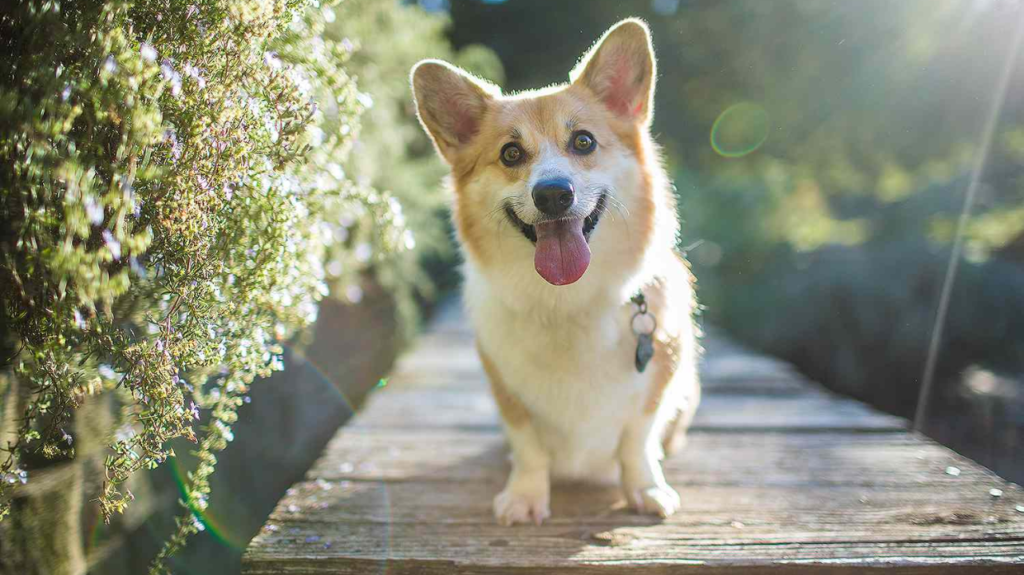How to Calculate Dog Years to Human Years
Dog years are a common unit of measurement used to compare a dog’s age to a human’s age. But this isn’t a reliable method of determining a dog’s age. Dogs age at different rates based on their breed, size, and personal health.
There are a few different formulas used to calculate dog years to human years. One common formula is:
1 dog year = 10 human years for the first 2 years
+ 4 human years for each year after that
So, a 10-year-old dog would be 56 human years old using this formula.
Another formula is:
1 dog year = 15 human years for the first year
+ 9 human years for each year after that
So, a 10-year-old dog would be 85 human years old using this formula.

Which formula is more accurate? There is no definitive answer, as the rate of aging in dogs varies depending on breed, size, and individual health. However, the first formula is generally considered to be more accurate.
Here is a table that shows the approximate conversion of dog years to human years using the first formula:
| Dog Age | Human Age |
|---|---|
| 1 year | 10 years |
| 2 years | 20 years |
| 3 years | 24 years |
| 4 years | 28 years |
| 5 years | 32 years |
| 6 years | 36 years |
| 7 years | 40 years |
| 8 years | 44 years |
| 9 years | 48 years |
| 10 years | 52 years |
It is crucial to remember that this is only an estimate. A dog’s true age in human years varies based on the particular canine.
Here are some other things to keep in mind when calculating dog years to human years:
- Generally speaking, smaller dogs live longer than larger canines. This is because, in comparison to larger canines, their bodies are not under as much stress.
- canines of mixed breeds may mature differently from canines of purebreds. This could be due to variations in their genetic composition.
- It’s possible that neutered or spayed dogs age differently than intact canines. For this reason, hormone levels may be impacted by spaying or neutering, which may have an effect on aging.
- Overweight or obese dogs may age more quickly than their healthy weight peers. This is because carrying too much weight can strain the body.
- You can determine your dog’s age in human years more precisely if you consider these facts.
Here are some other things to consider when caring for an aging dog:

- Rise in veterinary visits. As they become older, your dog could require more frequent exams to keep an eye on their health.
- dietary adjustments. In order to help them maintain a healthy weight and avoid age-related health issues, your dog may require a particular diet as they become older.
- Exercise more. Dogs of all ages benefit from regular exercise, but senior dogs particularly benefit from it since it helps to maintain their health and mobility.
- Greater focus. Compared to younger dogs, older dogs might require more care and attention. This could be giving them more comfortable bedding or assisting them in getting up and down.
- You can contribute to your dog’s long and healthy life by giving them the right care as they age.
Here are some more suggestions for taking care of an elderly dog:
- Have patience. It could take older dogs longer to get used to schedule adjustments.
- Be sympathetic. Be tolerant and gentle with older dogs as they might not be able to perform all the activities they once could.
- Show love. Make sure to provide your older dog with lots of love and care, as they still require it.
You can make sure your elderly dog has a happy and healthy life by using the advice in this article.

